New Super-Viruses Found In China: 20 Times More Dangerous Than COVID? Scientists Warn Of Possible Future Pandemic!
Chinese researchers uncover 20 brand-new viruses in bats, some even deadlier than coronavirus, sparking global fears of another pandemic.
Covid in India
)
Just when the world began healing from the scars of the COVID-19 pandemic, a chilling new discovery has reignited global concern. Scientists in China have identified 20 brand-new viruses, some genetically similar to Nipah and Hendra, known to be far more lethal than the coronavirus. These viruses were found in bats and pose a potential threat to both animals and humans.
Study Uncovers Alarming Viral Diversity in Bats
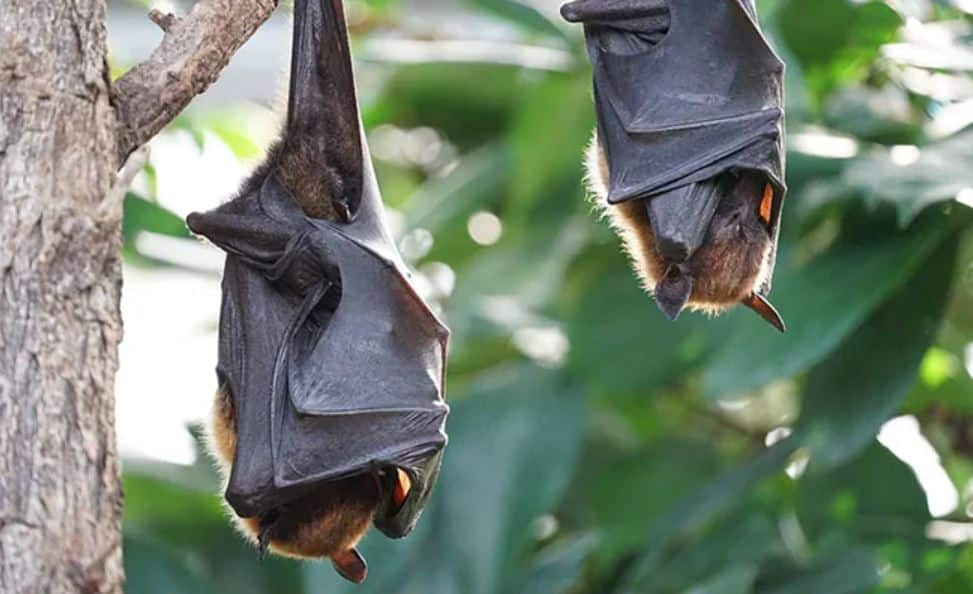
A collaborative study by Chinese scientists and international researchers, recently published in PLOS Pathogens, analyzed kidney tissue samples from 142 bats across five locations in China’s Yunnan province, collected between 2017 and 2020. The result? The genetic sequencing unveiled 22 viral species, 20 of which were previously unknown to science.
Yunnan virus discovery
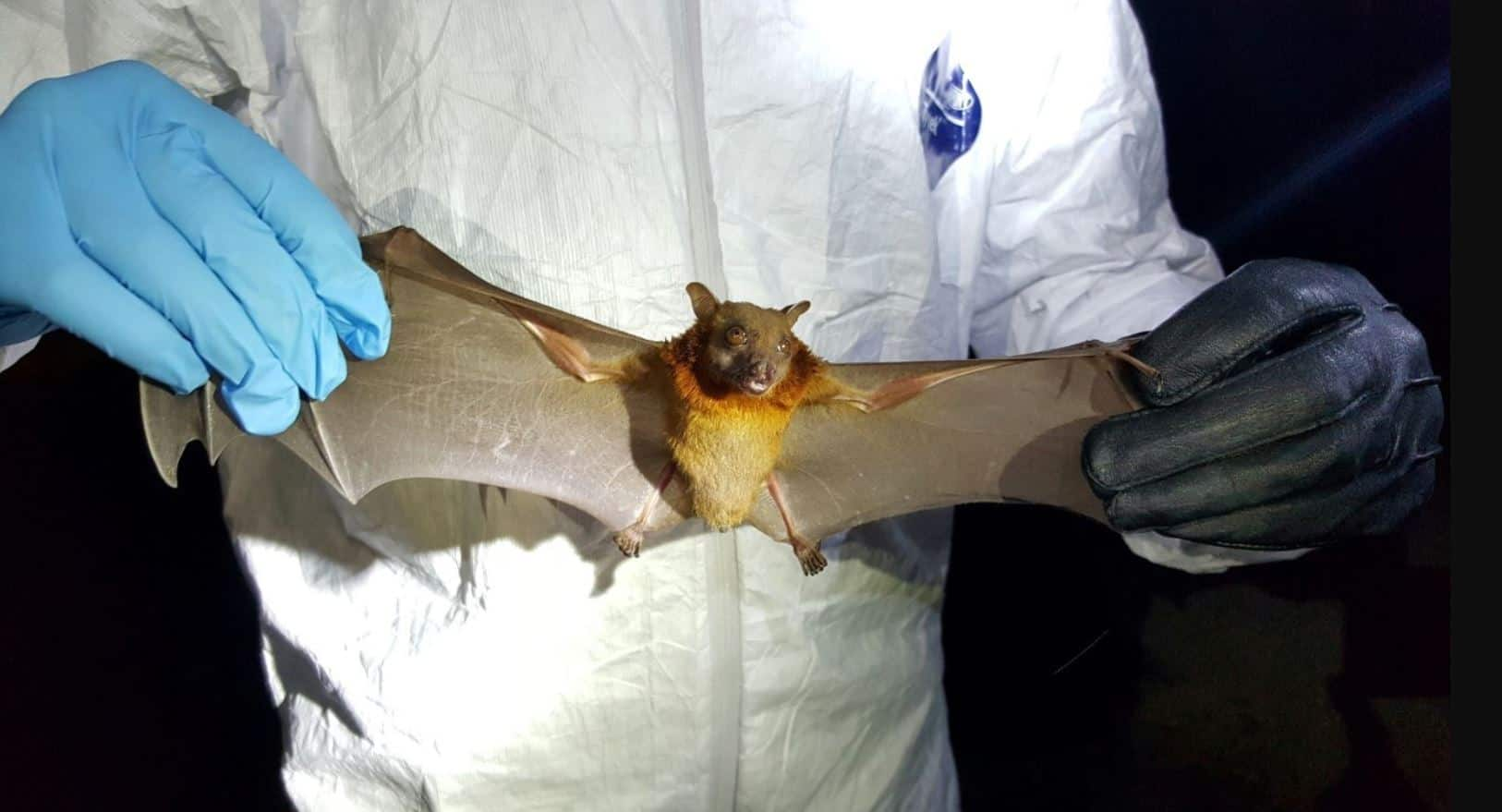
Even more alarming, two of the newly identified viruses belong to the Henipavirus family, the same category that includes Hendra and Nipah, which are highly fatal and have no specific treatments or vaccines for humans.
Echoes of Wuhan and COVID-19

The discovery is eerily reminiscent of 2019, when COVID-19 first emerged from Wuhan, allegedly linked to bats and wet markets. That pandemic left over 7 million people dead worldwide, crippled economies, and redefined daily life. Now, history may be preparing to repeat itself, unless this new warning is heeded in time.
Bats: Nature’s Virus Reservoirs

Bats have long been known as carriers of multiple pathogens, including rabies, SARS, and Ebola. In this recent study, along with the new viruses, scientists also detected a new species of bacteria and a parasitic organism called Klosiella yunnanensis. This supports the idea that bats could serve as "incubators" for viruses capable of jumping to humans, setting the stage for another zoonotic outbreak.
How Could These Viruses Spread?

Experts warn that these viruses could infect humans through bat urine contaminating fruits, water, or soil. Once in contact, humans or animals consuming the contaminated sources could become infected. Such transmission patterns resemble how Nipah virus outbreaks occurred in South Asia, where bat-contaminated date palm sap led to human fatalities.
What Symptoms Could They Cause?

The potential symptoms from these new viruses are terrifyingly similar to past pandemics:
1. Severe respiratory illness
2. Brain inflammation
3. Nervous system damage
4. Sudden death in extreme cases
Like COVID-19 and Nipah, these viruses can affect vital organs, with high fatality rates and limited treatment options.
No Outbreak Yet, But the Threat Is Real

Although no pandemic has yet emerged from these new viruses, scientists urge the global community not to downplay the findings. According to the study’s authors, early detection must be met with proactive global surveillance and health preparedness, as nature’s warning signals are becoming harder to ignore.
Time for the World to Wake Up Again

The discovery is a clear reminder: while we may have battled COVID-19, the war against future pandemics is far from over. Strengthening international health infrastructure, funding preventive research, and enforcing wildlife monitoring policies are the urgent needs of the hour.
Super viruses in China

Nature has thrown us yet another red flag, and this time, the world can’t afford to look away.
Virus in bats China
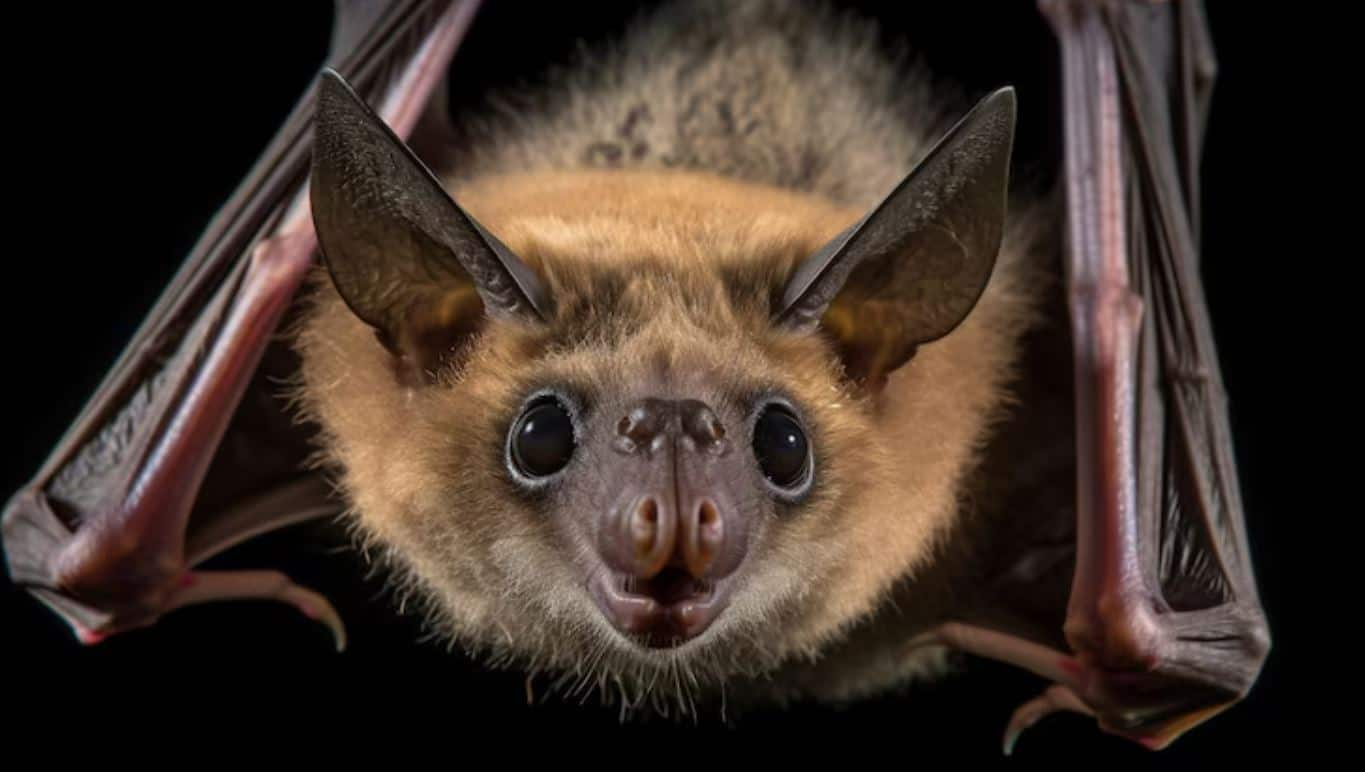
If these viruses go unchecked, the next pandemic could already be lurking in the shadows of China’s caves. The only question is: Will we act in time?
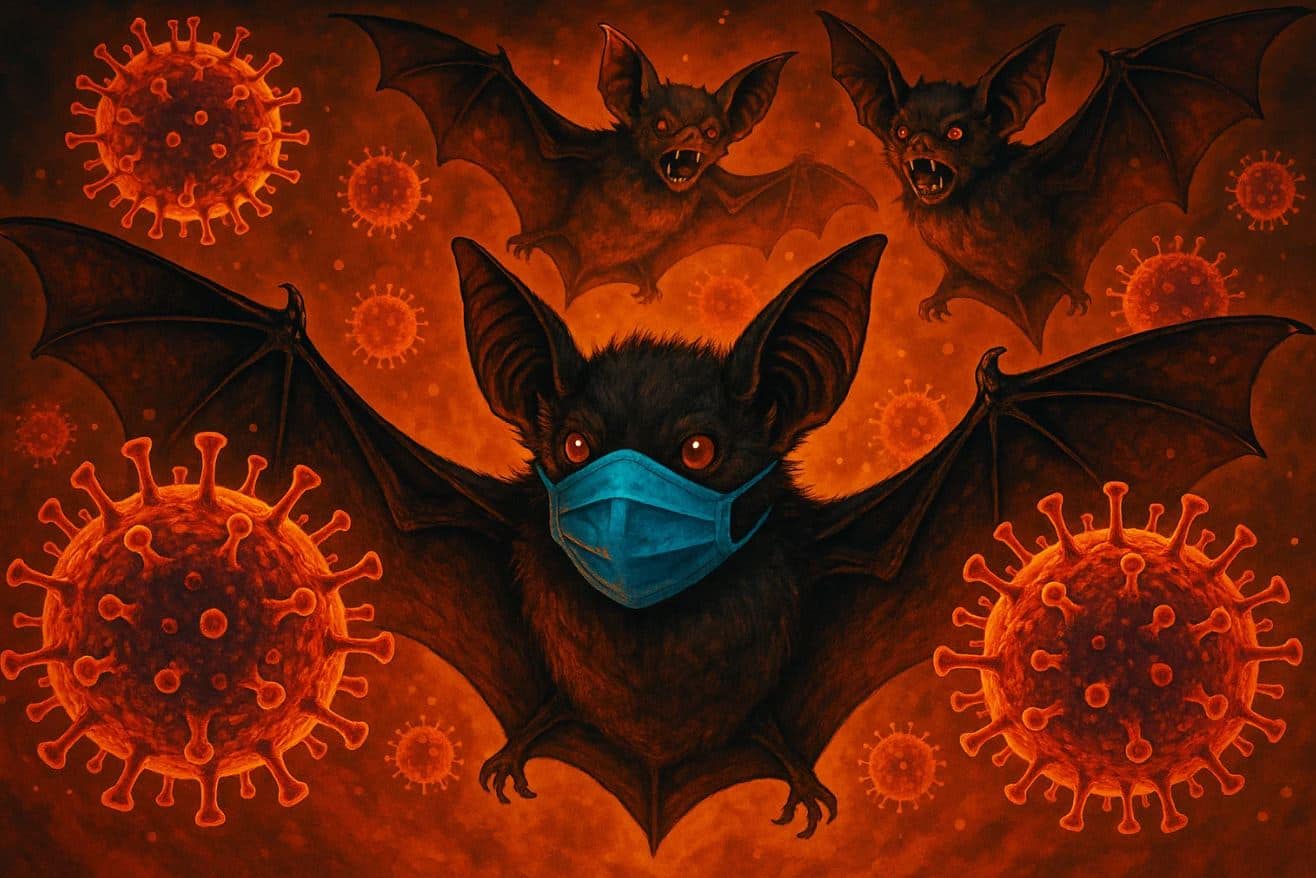
(Pic Credits: ANI, Freepik, AI-Image)
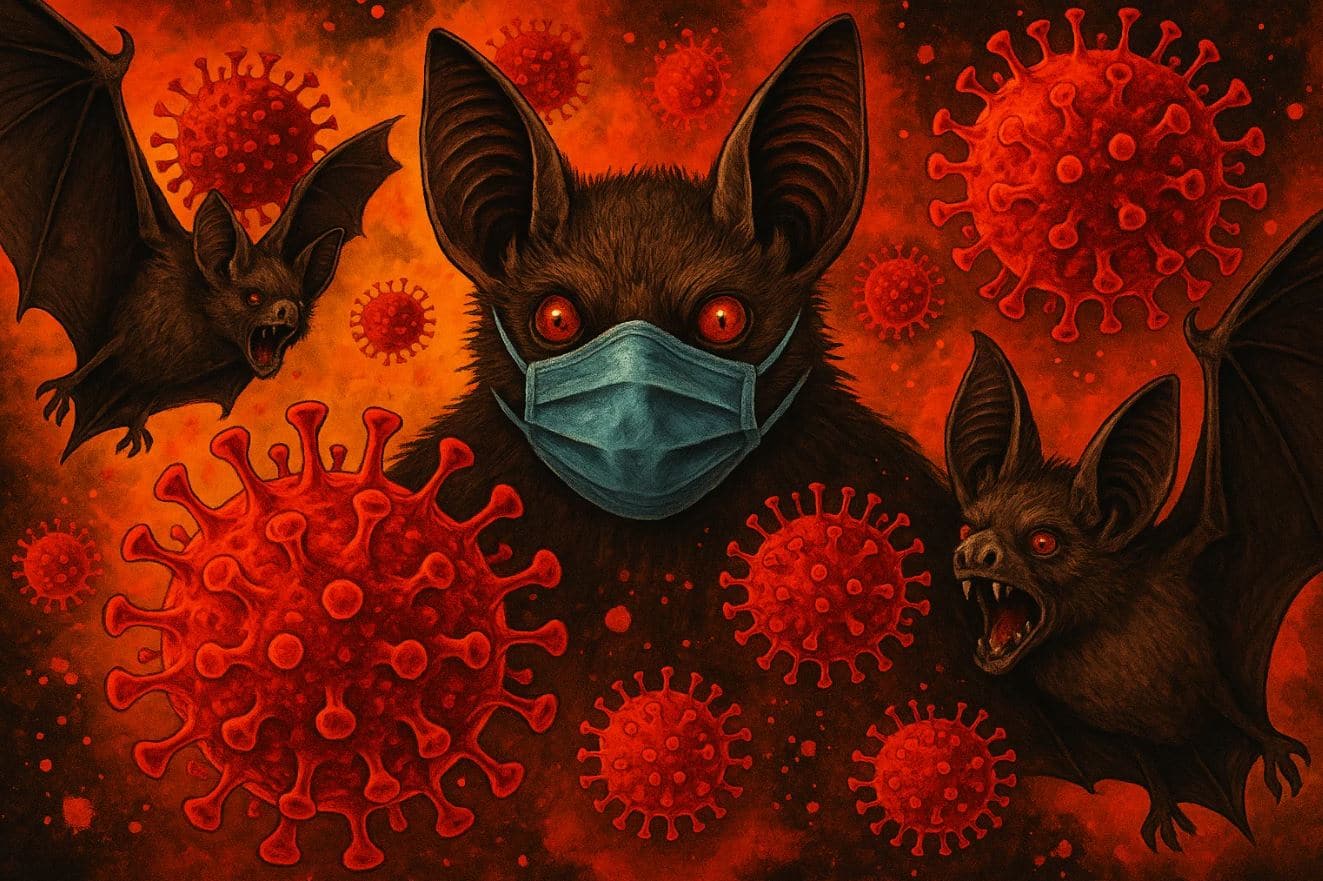
(This article is intended for your general information only. Zee News does not vouch for its accuracy or reliability.)
Trending Photos



)
)
)
)
)
